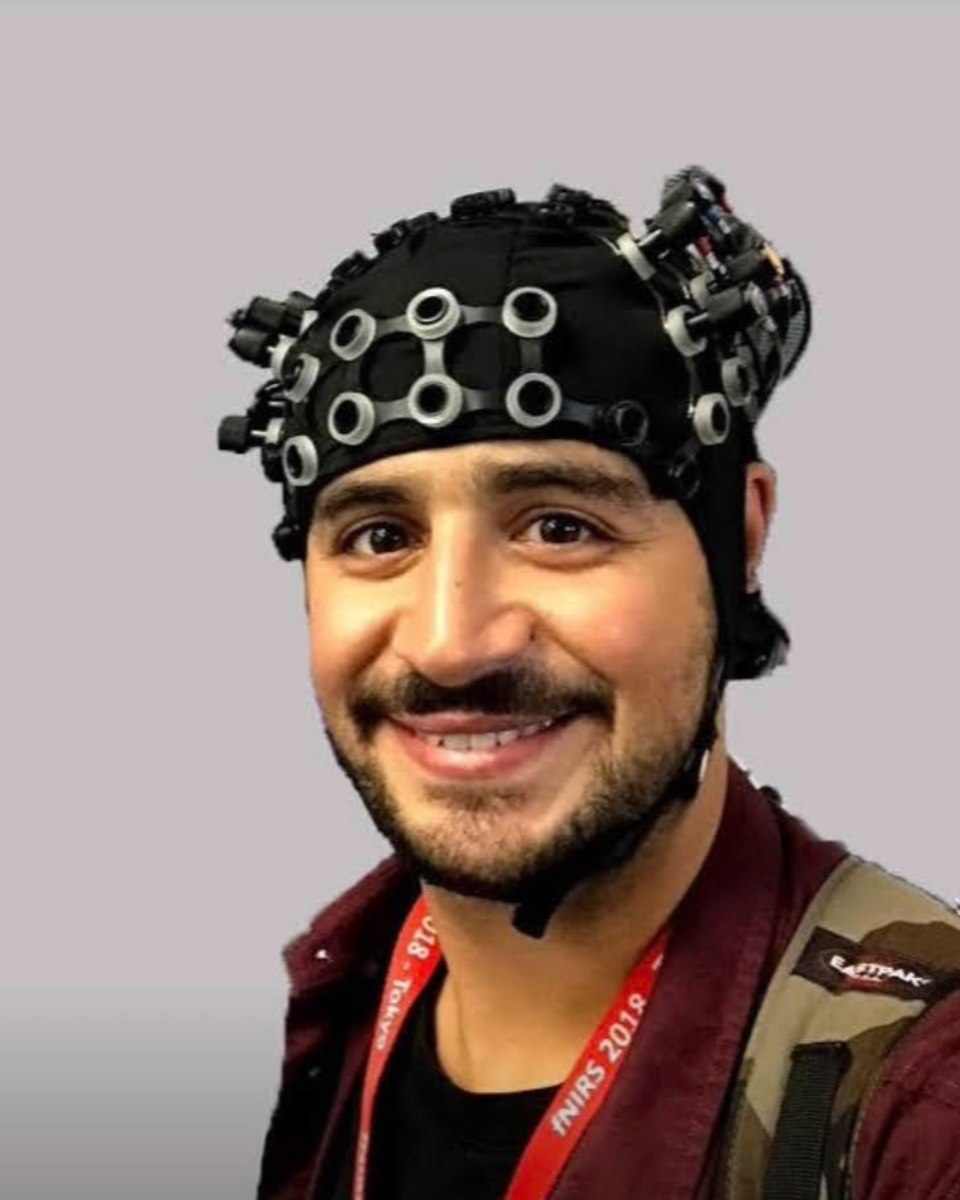Horizon Transitional Assistant Professor Horia Maior shares his experience of facilitating a workshop on Ethics and Responsible Innovation in the application of AI within the nuclear energy sector at the AI Summit hosted by the UK Atomic Energy Authority and the Robotics and AI Collaboration (RAICo)..
“Together with Dr Virginia Portillo and Dr Pepita Barnard I had the privilege of facilitating a workshop on Ethics and Responsible Innovation in the application of AI within the nuclear energy sector.
The summit was nothing short of inspiring. It was an incredible opportunity to delve into the critical discussions surrounding AI safety and ethics, particularly in an industry as crucial as nuclear energy.
But what made the summit truly remarkable was the chance to connect with a diverse group of passionate researchers and practitioners. From academia and industry to the public sector, the breadth of knowledge, enthusiasm, and willingness to collaborate was genuinely inspiring.
I must also shout out to my University of Nottingham colleagues Jack Chaplin, and Giovanna Martinez Arellano who delivered two other enlightening workshops on AI Safety and AI Assurance, as well as colleagues from the Omnifactory® for the amazing facility tour provided on the day.
Reflecting on these amazing few days, I’m filled with gratitude for the opportunity to contribute to such vital conversations, to learn, network, and collaborate, and advance the ethical use of AI across different sectors.
Thank huge thank you to Horizon Digital Economy Research, UKRI Trustworthy Autonomous Systems (TAS) Hub and Responsible Ai UK for supporting our work!
Thanks also to the UK Atomic Energy Authority, RAICo, the University of Nottingham, Phill Mulvana MSc FIET CMgr MCMI, David Branson III and everyone involved for an unforgettable summit.



